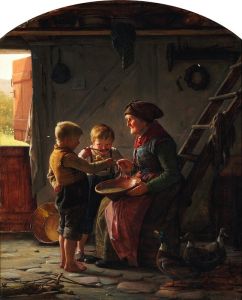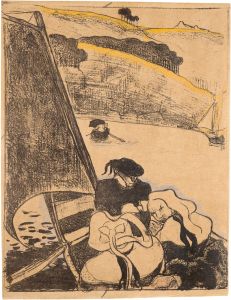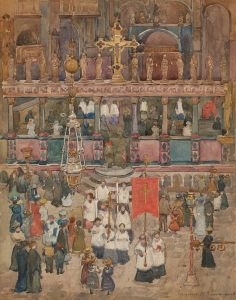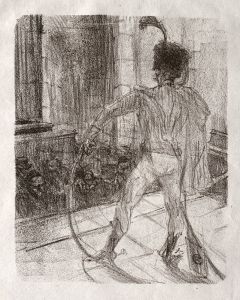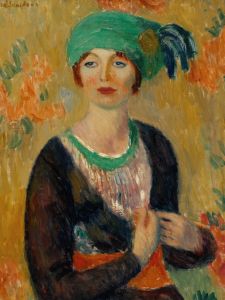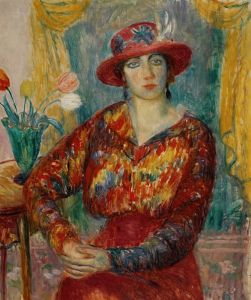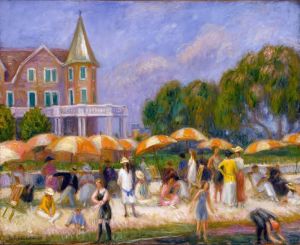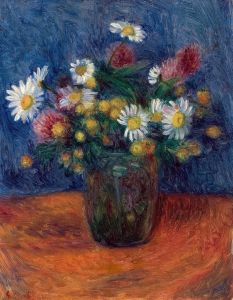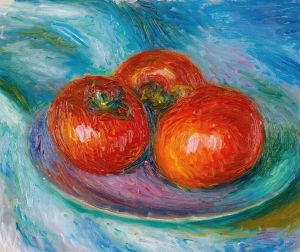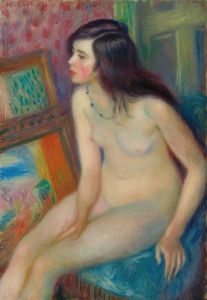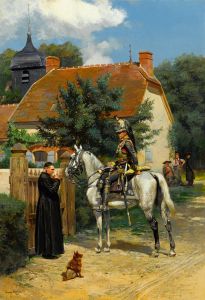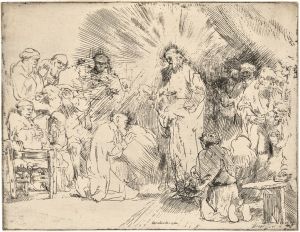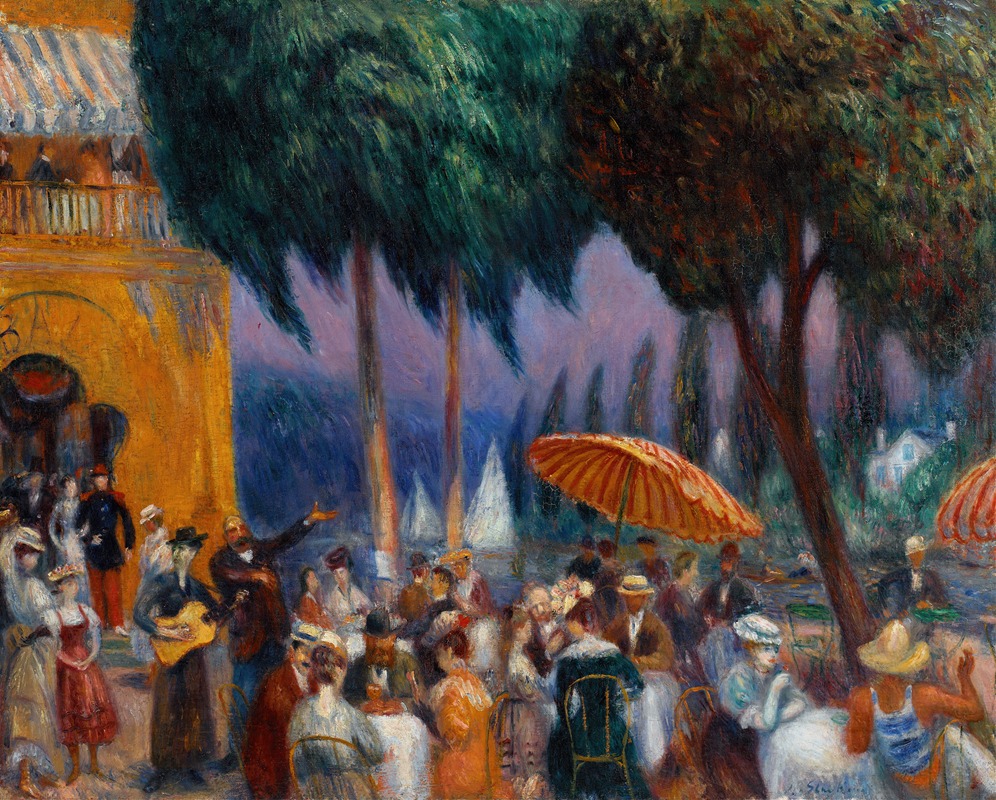
Sunday on the Marne
A hand-painted replica of William James Glackens’s masterpiece Sunday on the Marne, meticulously crafted by professional artists to capture the true essence of the original. Each piece is created with museum-quality canvas and rare mineral pigments, carefully painted by experienced artists with delicate brushstrokes and rich, layered colors to perfectly recreate the texture of the original artwork. Unlike machine-printed reproductions, this hand-painted version brings the painting to life, infused with the artist’s emotions and skill in every stroke. Whether for personal collection or home decoration, it instantly elevates the artistic atmosphere of any space.
William James Glackens was an American painter and one of the founding members of the Ashcan School, a movement known for its focus on depicting scenes of everyday life in New York City during the early 20th century. Glackens, however, was also known for his vibrant use of color and his ability to capture the leisurely aspects of life, which set him apart from some of his contemporaries who often focused on the grittier aspects of urban life.
"Sunday on the Marne" is one of Glackens' works that exemplifies his interest in leisure and his skillful use of color. The painting depicts a serene scene along the Marne River, a location in France known for its picturesque landscapes and historical significance. The Marne River was a popular spot for Parisians seeking a respite from the hustle and bustle of city life, and it became a favored subject for many artists who were captivated by its tranquil beauty.
In "Sunday on the Marne," Glackens captures a moment of relaxation and enjoyment, portraying people leisurely spending their day by the river. The painting is characterized by its bright and vivid colors, which reflect Glackens' admiration for the works of the French Impressionists, particularly Pierre-Auguste Renoir. Glackens was known to have been influenced by Renoir's use of color and light, and this influence is evident in the way he renders the scene with a sense of warmth and vibrancy.
The composition of the painting is carefully arranged to draw the viewer's eye across the canvas, inviting them to explore the various elements of the scene. Glackens' brushwork is loose and fluid, adding to the overall sense of movement and liveliness in the painting. The figures in the painting are depicted in a relaxed manner, enjoying the simple pleasures of a day by the river, which conveys a sense of calm and contentment.
Glackens' ability to capture the essence of leisure and his use of color make "Sunday on the Marne" a notable example of his work. The painting reflects his interest in capturing the beauty of everyday life and his skill in translating that beauty onto the canvas. It also highlights his connection to the Impressionist movement, while still maintaining his unique style that blends realism with a more modern approach to color and composition.
Overall, "Sunday on the Marne" is a testament to William Glackens' talent as a painter and his ability to convey the joy and tranquility of leisure through his art. The painting remains an important piece within Glackens' body of work and continues to be appreciated for its artistic merit and its depiction of a serene moment in time.





